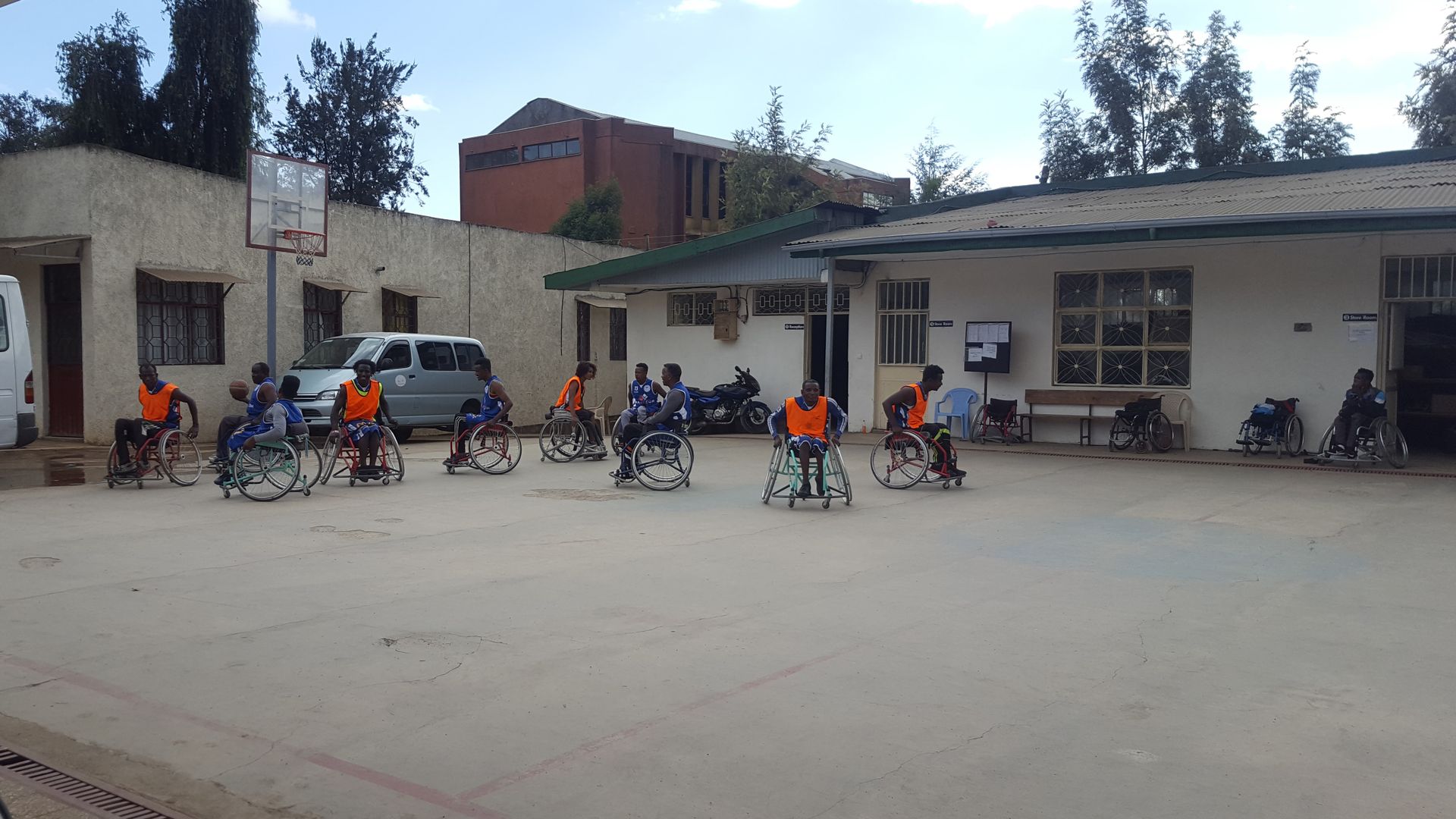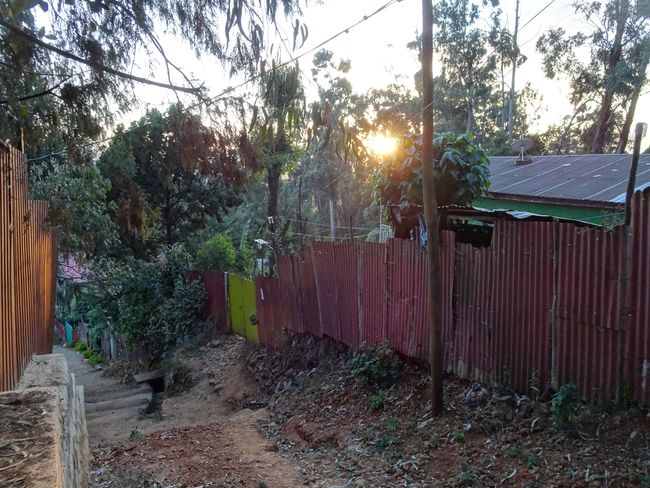Victory of Adwa & Children's Birthday Party
வெளியிடப்பட்டது: 03.03.2020
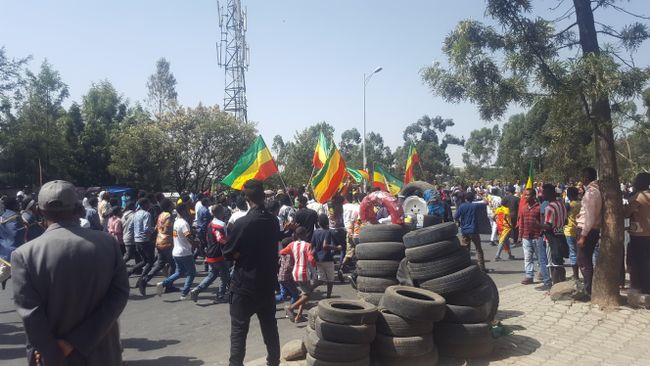
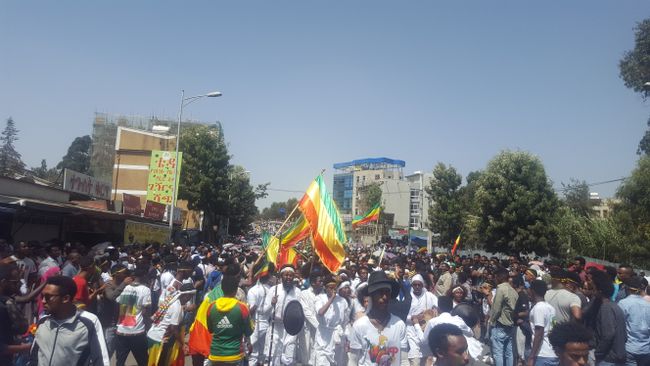
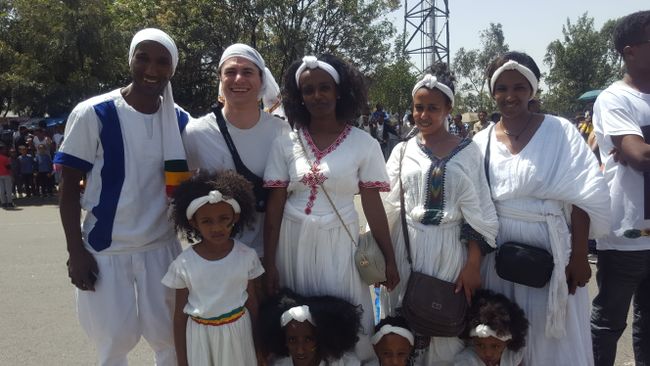
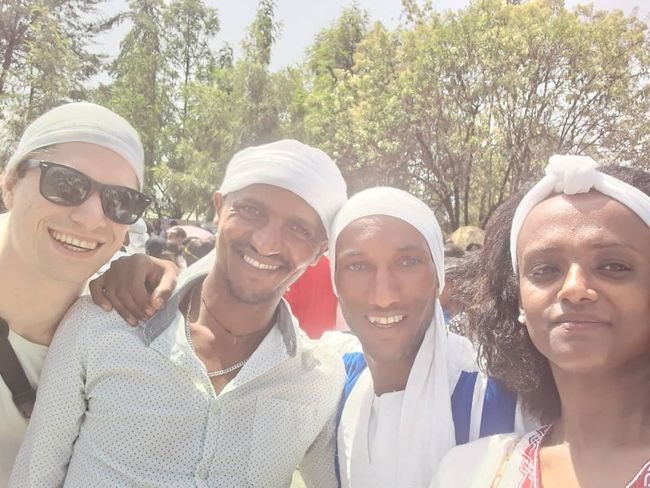
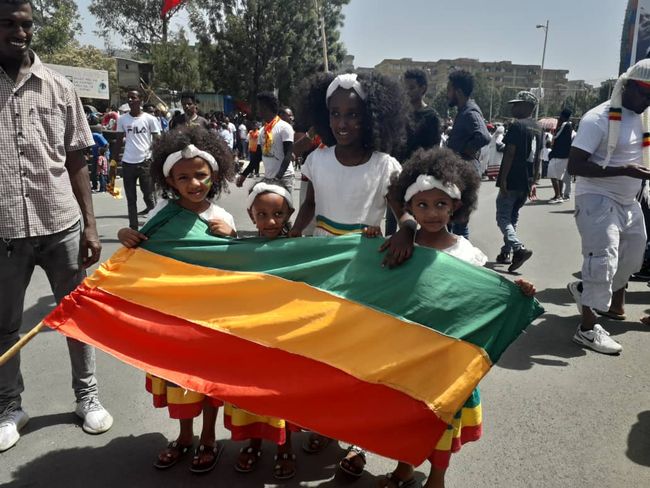
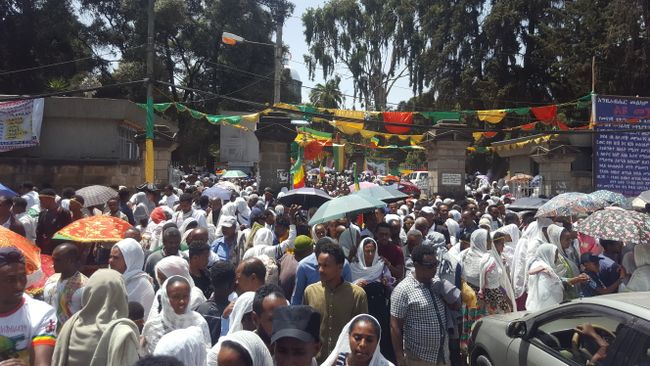
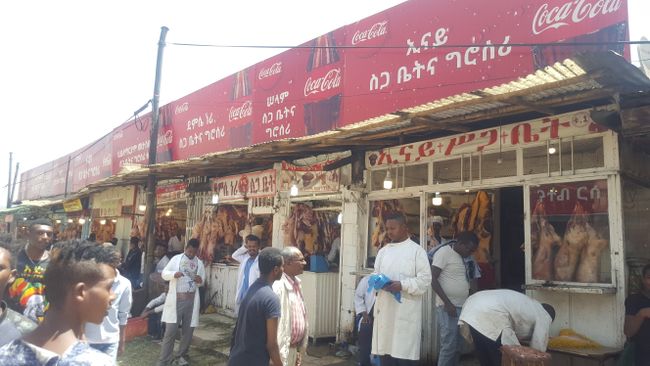
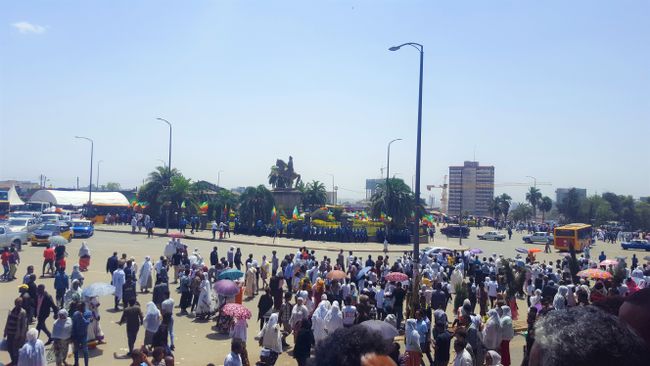
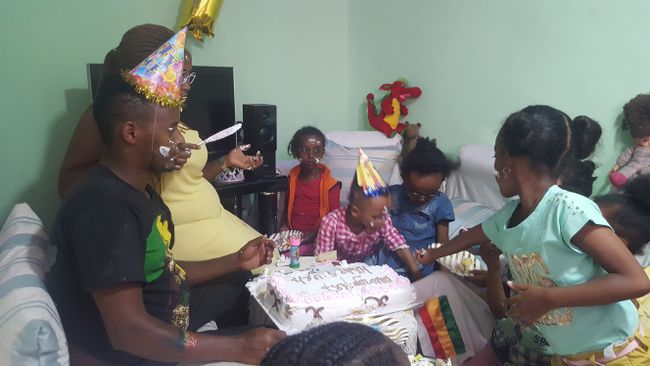
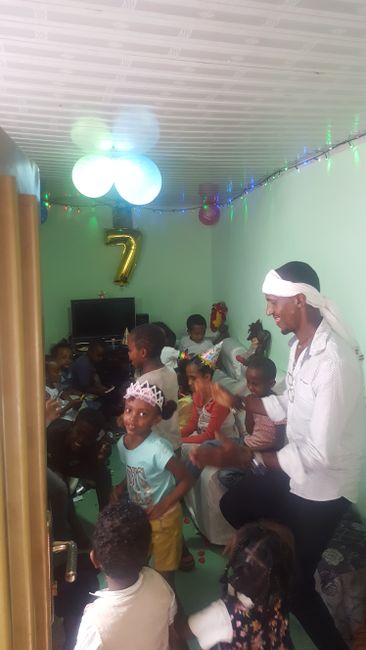
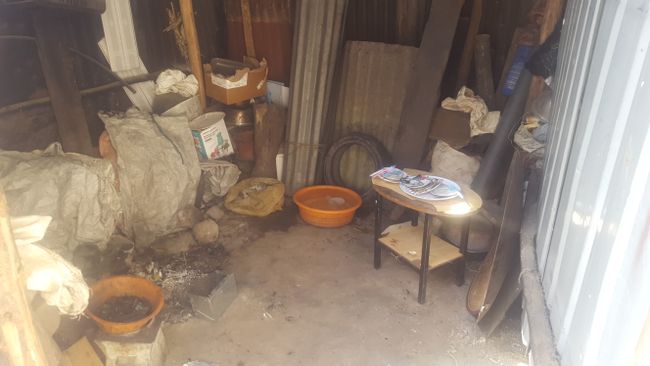
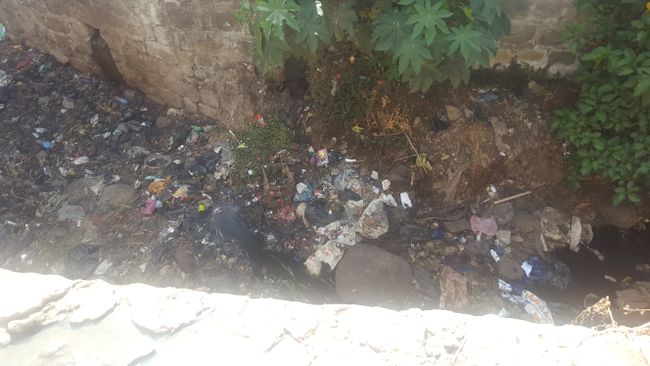
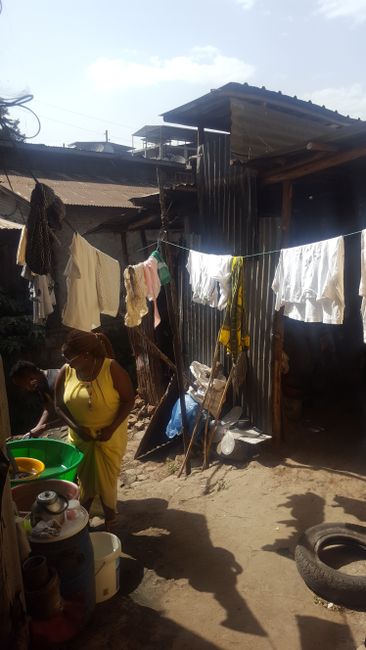
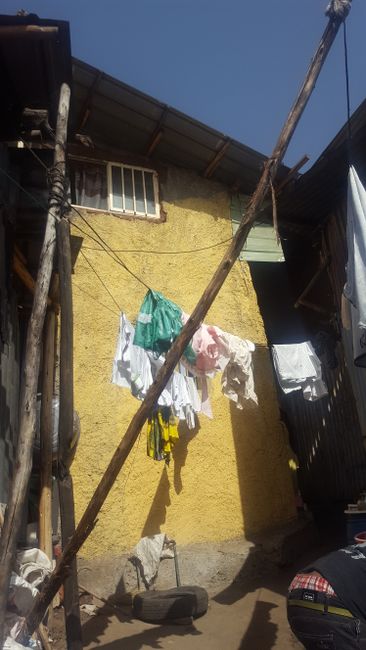
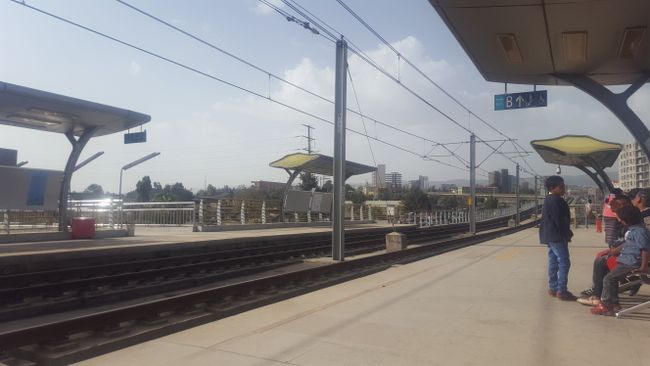
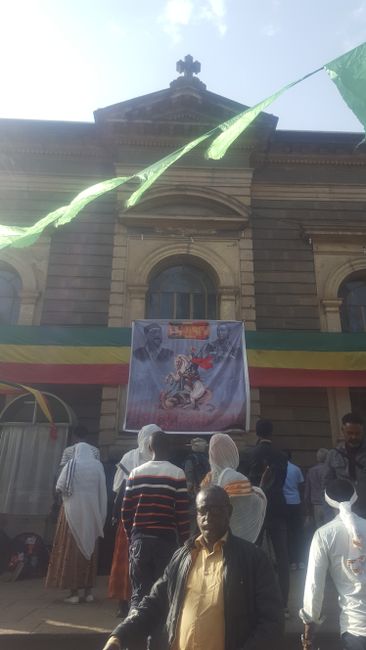
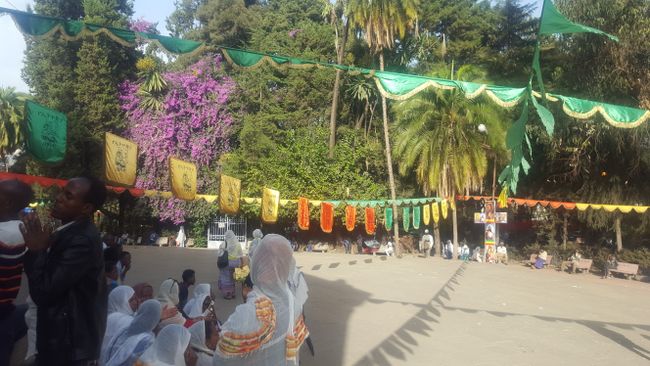
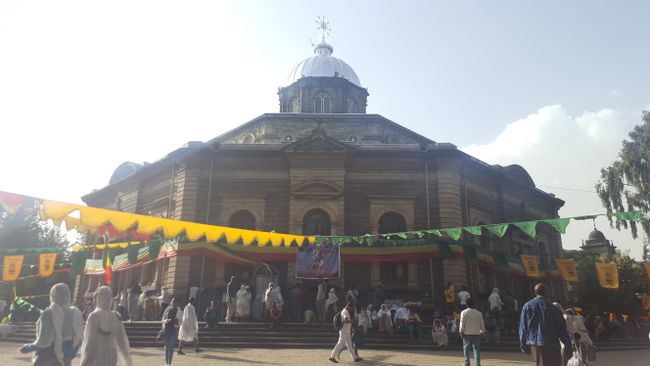
செய்திமடலுக்கு சந்தாதராகவும்
Monday was a national holiday: On March 1, 1896, Ethiopia, under Emperor Menelik II, defeated the invading Italian troops in Adwa. This battle was one of the most important in Ethiopian history, and the Ethiopians - who are already patriotic - had a real reason to celebrate their country.
I was able to participate in the celebration with Hailu, an employee at Addis Guzo. There was a large, colorful parade through the city. The participants were mostly dressed in white and the national colors, sometimes in traditional combat gear, riding attire, or other exciting outfits. Often moving in groups, they shouted slogans, sang songs, made noise, and danced. An important traditional dance went something like this: Men form a circle, enthusiastically shouting a motivational song together, building each other up to take away the fear of the upcoming battle. Or dances with wooden sticks that reminded me of martial arts and expressive dance.
We also met Meron, a wheelchair mechanic, and her family, and later by chance Fetle, the cook of Addis Guzo, with her daughter. The city was packed, and we couldn't access the St. George's Cathedral in the morning due to the crowds, but it worked in the afternoon.
Afterwards, we went with a huge cake and I brought chocolate and a few colored pencils as gifts to Hailu's daughter, who lives with his mother, sister, and brother in a space of about 8 square meters. The tiny living room had enough space for about 25 children and 5 adults. There was loud singing, dancing. Peace, joy, and vegan cake (because of the fasting season). At first, I was stared at by all the children and they giggled about the Ferengi (that's what Ethiopians call white people) behind my back. Over time, everyone became very open, and I was included. The housing was impressive to me: about 8 square meters spread over two floors, with sleeping upstairs and dining and living area downstairs for four people. The house is provided by the government, and the rent costs about 15 Francs per month (about what my trip to Bishoftu cost). Cooking is done with charcoal, showering and washing with water from a bucket. After eating cake and singing, there was more dancing and singing. Everyone seemed very happy, at least it seemed that way to me. The farewell was warm, and I left the celebration with sugar and endorphins in my blood.
On the way home, I used the light rail for the first time, which is comfortable and the cheapest means of transportation in the city (a ride of about 10 minutes costs about 15 cents). The only thing cheaper is walking, which I like and only the poorest people do for longer distances. The less poor people here usually don't walk if they don't have to. At Menelik Square, we finally made it to the now less crowded St. George's Cathedral. Hailu wanted to visit the church on this important holiday, kiss its wall, be blessed, and say a short prayer. Then we had a traditionally prepared coffee 'on the street' and took a minibus home. In the evening, I was so tired that I went to bed early, and today I am still tired - tired and satisfied.
செய்திமடலுக்கு சந்தாதராகவும்
பதில்
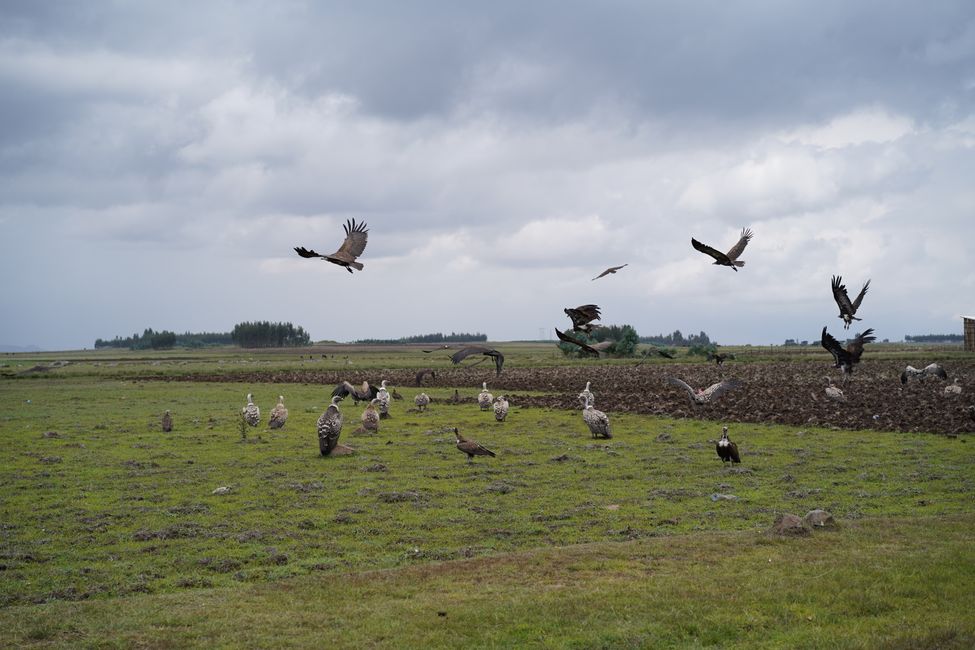
பயண அறிக்கைகள் எத்தியோப்பியா
